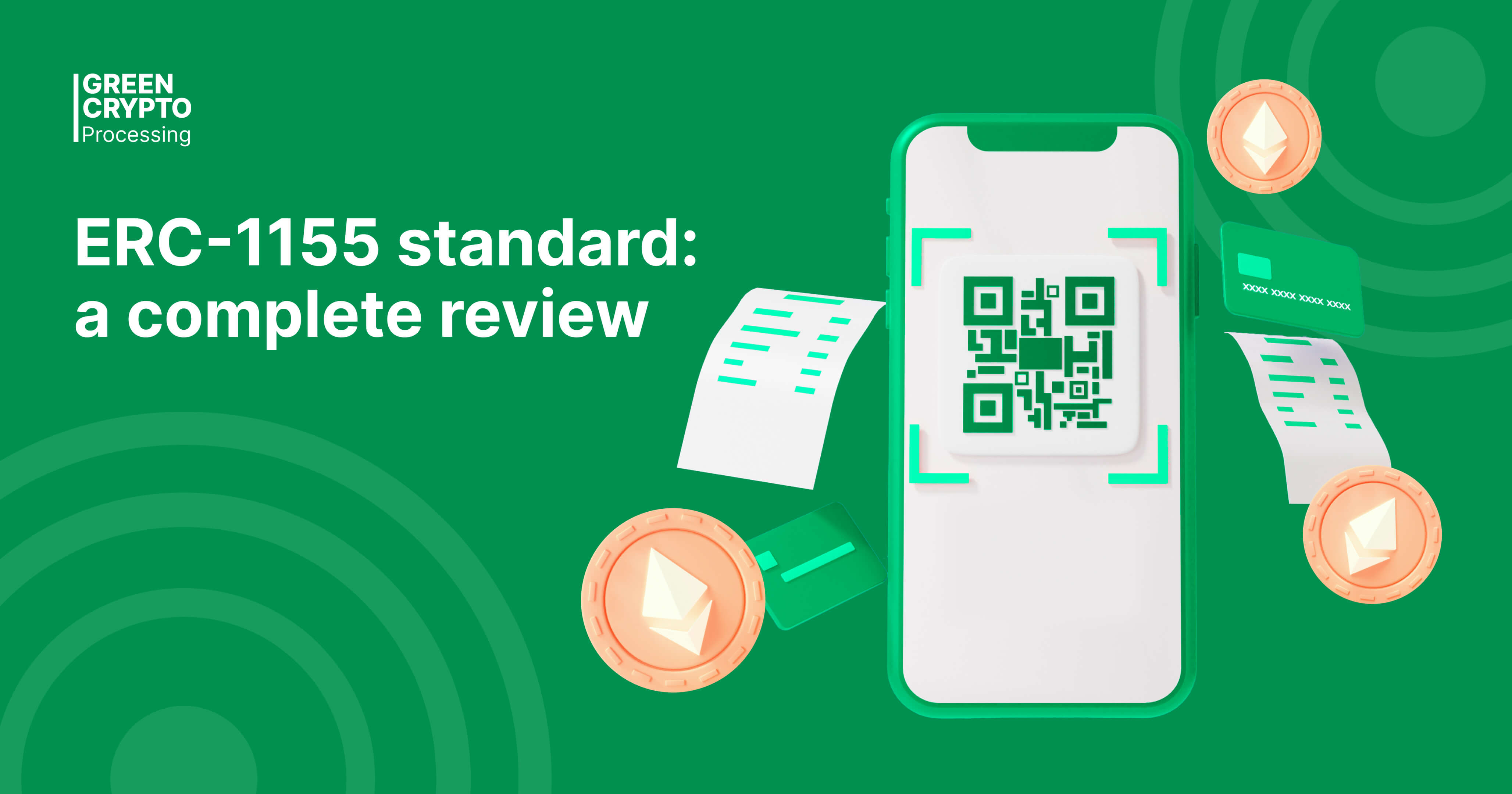Blog
Blockchain technologies are evolving rapidly, offering more and more new tools for interacting with digital assets. Among them, ERC-1155 deserves special attention — an innovative token standard that is set to transform the industry by combining the capabilities of fungible and non-fungible assets.

What is so special about ERC-1155? How does it work and how does it benefit users? Why is this standard being called a game-changer in the blockchain space? This review tells it all.
ERC-1155 token standard: what is it?
Ethereum Request for Comments 1155, or ERC-1155, is an innovative token standard on the Ethereum blockchain designed to create and manage both fungible (identical) and non-fungible (unique) tokens in a single smart contract.
Unlike its predecessors, ERC-20 and ERC-721, which only support one type of token, the versatile ERC-1155 allows for combinations of tokens, greatly simplifying the management of different assets. This makes the standard particularly attractive for use in games, DeFi projects, other blockchain initiatives and even traditional financial products that require the use of different types of assets.
How does ERC-1155 work?
ERC-1155 uses a single smart contract to manage multiple tokens, greatly simplifying their issuance and management. This standard allows multiple tokens of different types to be sent in a single transaction, which not only reduces gas costs, but also significantly improves overall network efficiency. This flexibility makes ERC-1155 a popular standard with developers, offering a wide range of options for customisation to meet specific tasks and project requirements.
Advantages of ERC-1155
1. High efficiency.
The ability to transfer multiple tokens in a single transaction reduces network load, increases transaction speed and saves users money.
2. Versatility.
The ERC-1155 interacts with any type of asset and supports both fungible and non-fungible tokens, which makes it a valuable tool for a wide range of applications.
3. Optimisation.
The standard eliminates the redundancy of smart contracts required to work with different asset types, simplifying development and reducing the risk of errors.
4. Secure transfer of funds.
Smart contract functionality allows tokens to be returned if accidentally sent to the wrong address, protecting assets from vulnerabilities and making the process of working with them more secure.
5. Support for multiple types of tokens.
From in-game items to cryptocurrencies and NFTs, the ERC-1155 can be used to issue versatile tokens to meet different needs.
6. Convenient transactions.
The ability to perform batch transactions saves time and simplifies asset management, which is especially important when dealing with multiple types of tokens.
7. Advanced DAO functionality.
The ERC-1155 can be easily integrated into Decentralised Autonomous Organisations (DAOs), allowing for simplified on-chain transactions and voting processes.
8. Play-to-earn potential.
The standard is ideal for play-to-earn projects where users can earn tokens directly while playing.
Who is ERC-1155 for?
- Game developers and play-to-earn projects — to create in-game assets and currencies;
- DeFi platforms — to manage different types of tokens and create new financial instruments;
- NFT artists and creators — to release complex NFTs that combine different elements into a single asset;
- Blockchain startups — to simplify token management and reduce the cost of developing and implementing smart contracts;
- Marketplaces and online platforms — to support a wide range of products and facilitate the integration of assets into trading platforms.
Outlook for ERC-1155
ERC-1155 has already gained a strong foothold in the gaming industry, particularly in the play-to-earn space, where users can earn real money by completing tasks and playing games. The standard makes it easy to create and regulate in-game assets such as skins, weapons and in-game currencies, greatly increasing player engagement and adding new economic models to games.
In addition, ERC-1155 opens up unique opportunities for Decentralised Autonomous Organisations (DAOs) by facilitating asset management and voting, as well as making these processes more accessible and transparent. Looking forward, we can expect to see greater adoption of ERC-1155 in areas such as the arts, finance and digital asset management.
ERC-1155 is a powerful and flexible standard that is changing the way digital assets are handled on the blockchain. Its versatility, efficiency and security pave the way for innovation in a wide range of areas. Like any new standard, ERC-1155 is evolving rapidly and its potential is only beginning to be realised.